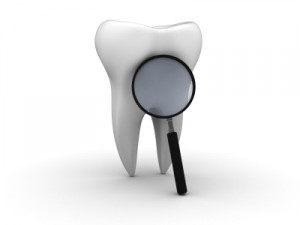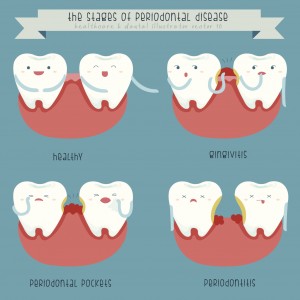 If there’s anything that we do know, it’s that pirates love their gold. They search the high seas looking for the stuff and buried boxes of it everywhere they went so as not to robbed by other water-bound marauders. And when they lost a tooth what was its replacement? Gold. Next to Donald Trump and ancient Egypt, pirates hold high rank in the gold loving department. But were they correct in preferring to use gold in their mouths?
If there’s anything that we do know, it’s that pirates love their gold. They search the high seas looking for the stuff and buried boxes of it everywhere they went so as not to robbed by other water-bound marauders. And when they lost a tooth what was its replacement? Gold. Next to Donald Trump and ancient Egypt, pirates hold high rank in the gold loving department. But were they correct in preferring to use gold in their mouths?
Let’s take a look at the pros. Gold is exceptionally durable. Your fillings will generally last over a decade but could last a lifetime if taken care of and corrosion is impossible, so this is a great way to go. If aesthetics is more important to you than durability, gold will always win out over silver. Point to the pirates. However, with every pro comes a con. Gold costs a lot more than silver and takes longer to set the filling. Like, two entire dentist visits to set the filling. But if you can handle the extra cost and time required, grab yourself a bottle of rum. You are team pirate.
But what if you aren’t in the market to look like a pirate? Well then, porcelain fillings are where you should be heading. This tooth-colored filling is not only tough like the precious metal, but it is more versatile when it comes to where you can use it in your mouth as it isn’t as obvious as a gold one. The price point is somewhat similar as well. Something that does not compare is the fact that porcelain does not adjust to hot and cold and won’t wear down as quickly as their metal counterparts. Even the installation is kept to a minimum. In fact, the American Dental Association believes that porcelain fillings are the most wear-resistant fillings on the market. Looks like porcelain has a bit more of an edge over the golden version.
There are a few factors that will lead to your final decision. Making sure you have all your options is the most important and your dentist will have those options for you after a quick checkup. Regardless of the choice you make, if you need a filling done, see your dental professional as soon as possible. The longer you wait, the more damage you can do to your teeth. Whatever you decide to use to fill your tooth, with proper oral care, your fillings will not only be taken care of for years to come, but your teeth will be so healthy you won’t need any more fillings. Two birds!
If you need to have porcelain fillings done, contact Dr. George Kirtley at 317-841-1111 to schedule a consultation to help treat the underlying cause, or visit www.smilesbygeorge.com for information about Dr. George Kirtley and his practice.
Dr. George Kirtley proudly serves Indianapolis, Spring Hill, Beech Grove, Wynnedale, Speedway, Rocky Ripple, Warren Park and all surrounding areas.

 Sealants, also known as dental sealants, are made out of a plastic material that’s placed on the molars and premolars for added protection against tooth decay.
Sealants, also known as dental sealants, are made out of a plastic material that’s placed on the molars and premolars for added protection against tooth decay. Gum disease is an inflammation of the gums and is caused primarily by the bacteria found in plaque. If you didn’t already know, plaque is a colorless film that constantly forms on your teeth. The more often you brush your teeth, the less time that plaque has to build-up on your teeth and the lower your risk is for gum disease. If, however, you let plaque buildup by not brushing and flossing every day, the bacteria can end up infecting your gums, teeth and eventually, the tissue and bone that support your teeth. The result? A severely infected tooth that has to be removed by a dentist, or in worse cases of infection, the tooth may fall off on its own.
Gum disease is an inflammation of the gums and is caused primarily by the bacteria found in plaque. If you didn’t already know, plaque is a colorless film that constantly forms on your teeth. The more often you brush your teeth, the less time that plaque has to build-up on your teeth and the lower your risk is for gum disease. If, however, you let plaque buildup by not brushing and flossing every day, the bacteria can end up infecting your gums, teeth and eventually, the tissue and bone that support your teeth. The result? A severely infected tooth that has to be removed by a dentist, or in worse cases of infection, the tooth may fall off on its own.